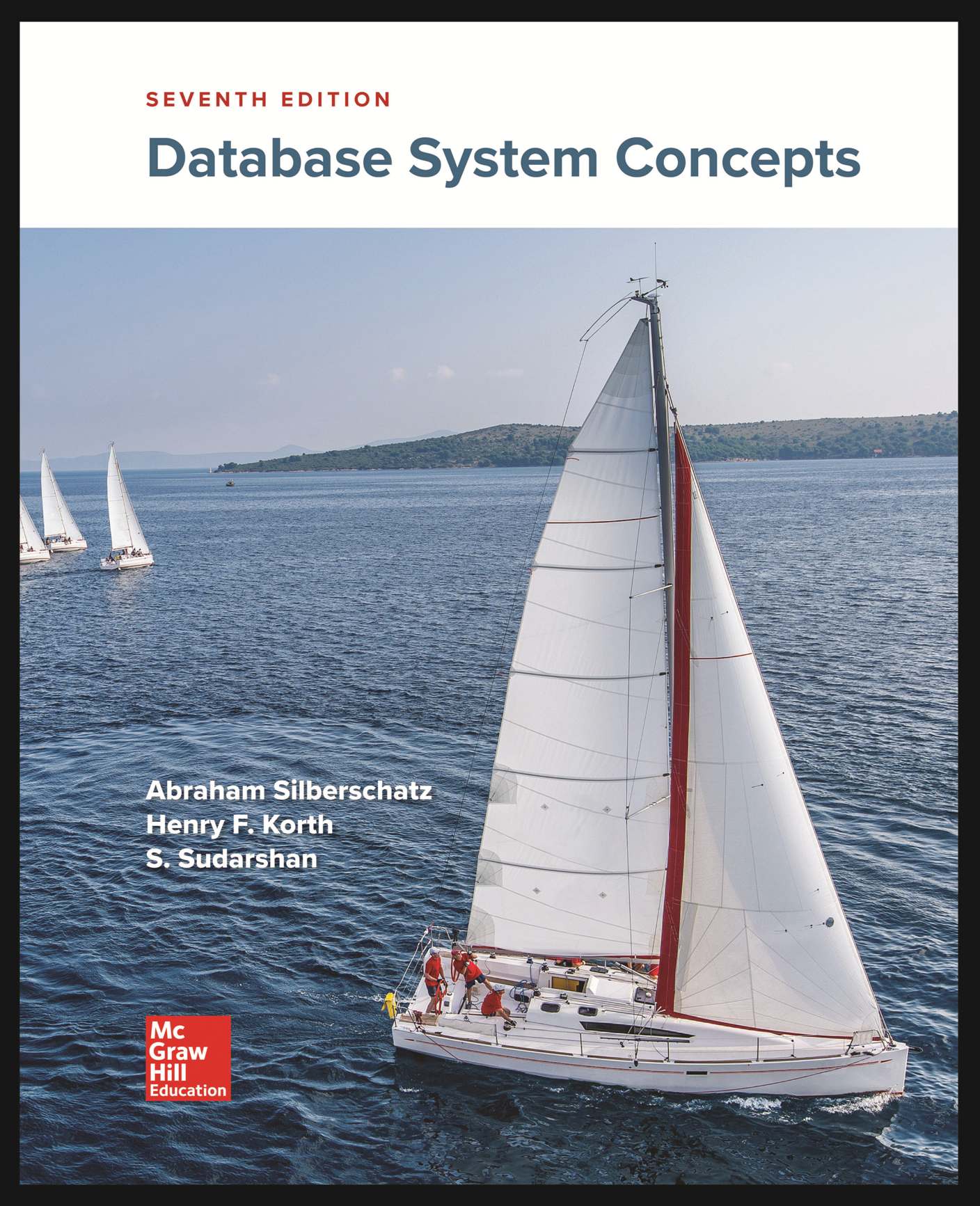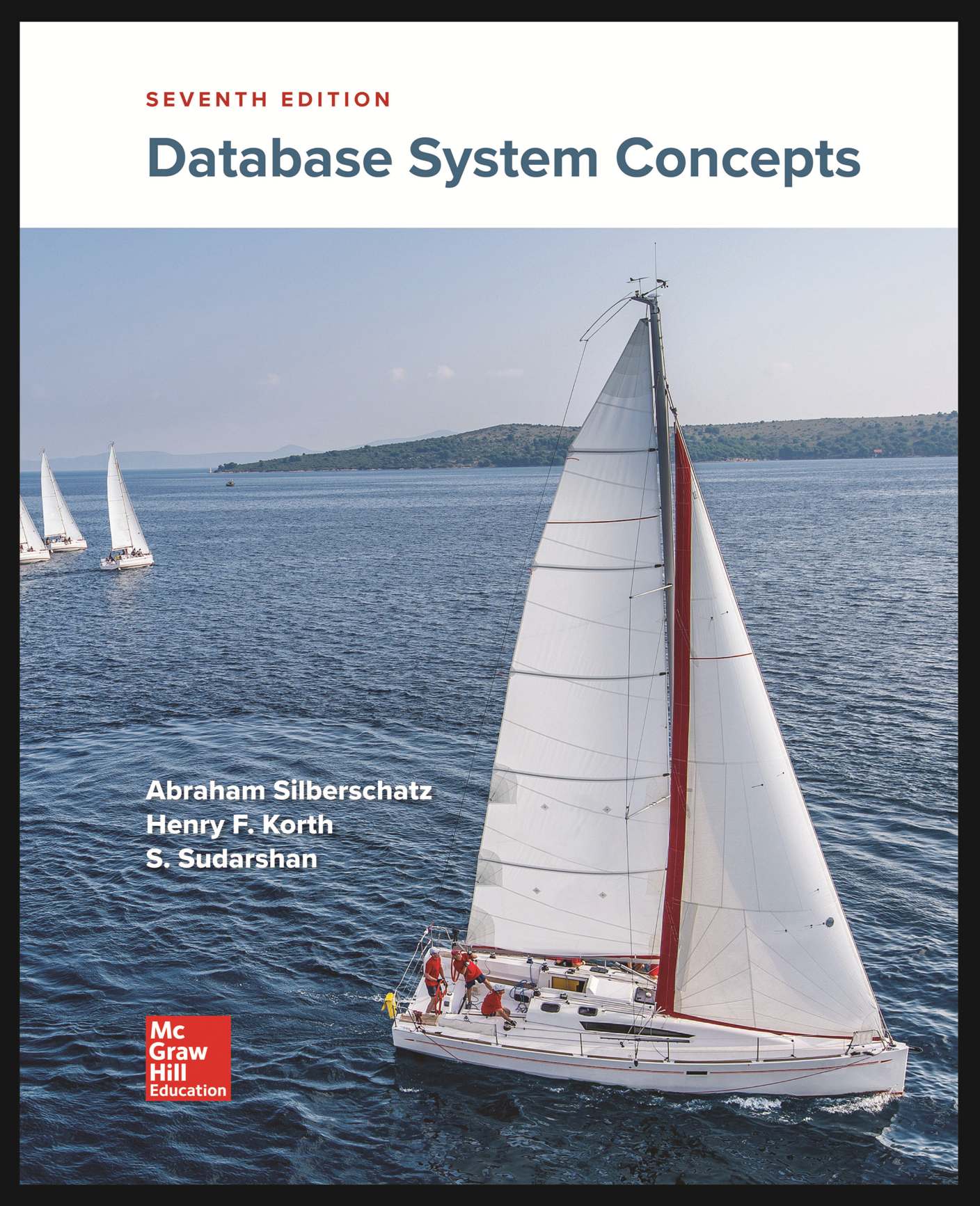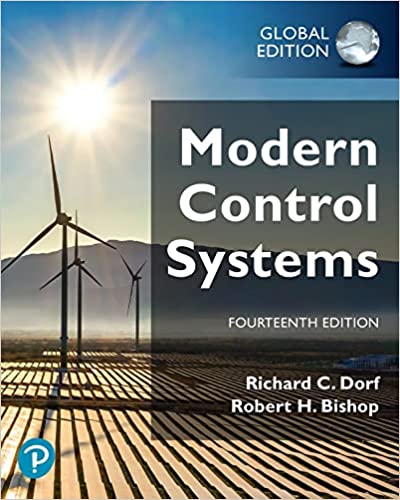- Teacher: Daw Hnin Nwe Phyo
- Teacher: honey phoophoowai
- Teacher: Admin User
Available courses
- Teacher: zun myat myat soe
- Teacher: Admin User
Course
Description
Learning Assessments

- Teacher: Yamin Esale
- Teacher: honey phoophoowai
- Teacher: Admin User
- Teacher: zinmar nwe
- Teacher: Admin User
- Teacher: myint myint
- Teacher: honey phoophoowai
- Teacher: honey phoophoowai
- Teacher: Admin User
- Teacher: Kyaw Zin Myo
- Teacher: honey phoophoowai
- Teacher: Admin User
- Teacher: yin marhtwe
- Teacher: khinkhin maw
- Teacher: sam thida
- Teacher: pyone yee
- Teacher: yin marhtwe
- Teacher: zinmar nwe
- Teacher: eimay thaw
- Teacher: Admin User
- Teacher: pyone yee

- Teacher: nilarwin kyaw
- Teacher: yin marhtwe
- Teacher: Admin User
- Teacher: pyone yee
- Teacher: eiei aung
- Teacher: yin marhtwe
- Teacher: dr.khin swe swe myint
- Teacher: myint myint
- Teacher: Admin User
- Teacher: pyone yee
- Teacher: yin marhtwe
- Teacher: Admin User
- Teacher: pyone yee
- Teacher: yin marhtwe
- Teacher: A Mi Mi Kyaw
- Teacher: Admin User
- Teacher: pyone yee
- Teacher: yin marhtwe
- Teacher: khinkhin maw
- Teacher: sam thida
- Teacher: Admin User
- Teacher: yin marhtwe
- Teacher: khinkhin maw
- Teacher: zinmar nwe
- Teacher: eimay thaw
- Teacher: Admin User

- Teacher: nilarwin kyaw
- Teacher: yin marhtwe
- Teacher: khinkhin maw
- Teacher: myatmyat nyutmgthan
- Teacher: Admin User
- Teacher: eiei aung
- Teacher: yin marhtwe
- Teacher: khinkhin maw
- Teacher: dr.khin swe swe myint
- Teacher: myint myint
- Teacher: Daw Hnin Nwe Phyo
- Teacher: Admin User
- Teacher: yin marhtwe
- Teacher: khinkhin maw
- Teacher: Admin User
- Teacher: pyone yee
- Teacher: yin marhtwe
- Teacher: khinkhin maw
- Teacher: A Mi Mi Kyaw
- Teacher: Admin User
- Teacher: khinkhin maw
- Teacher: sam thida
- Teacher: Admin User
- Teacher: zinmar nwe
- Teacher: marlar phyu
- Teacher: Admin User
- Teacher: nilarwin kyaw
- Teacher: yin marhtwe
- Teacher: khinkhin maw
- Teacher: sam thida
- Teacher: marlar phyu
- Teacher: nilarwin kyaw
- Teacher: yin marhtwe
- Teacher: Swe Myat Mon
- Teacher: zinmar nwe
- Teacher: Admin User
- Teacher: Swe Myat Mon
- Teacher: zinmar nwe
- Teacher: Nyo Nyo Thein
- Teacher: yin yinhtay
- Teacher: Swe Myat Mon
- Teacher: Ei Sandar Myint
- Teacher: zinmar nwe
- Teacher: Admin User
- Teacher: Swe Myat Mon
- Teacher: zinmar nwe
- Teacher: Daw Hnin Nwe Phyo
- Teacher: Khine Khine Htun
- Teacher: Swe Myat Mon
- Teacher: zinmar nwe
- Teacher: Khine Khine Htun
- Teacher: zinmar nwe
- Teacher: Admin User
- Teacher: Khine Khine Htun
- Teacher: zinmar nwe
- Teacher: khin theink theink soe
- Teacher: Admin User
- Teacher: Khine Khine Htun
- Teacher: zinmar nwe
- Teacher: Nyo Nyo Thein
- Teacher: Admin User
- Teacher: Khine Khine Htun
- Teacher: zinmar nwe
- Teacher: Daw Hnin Nwe Phyo
- Teacher: Admin User
- Teacher: Khine Khine Htun
- Teacher: Swe Myat Mon
- Teacher: zinmar nwe
- Teacher: Admin User
- Teacher: Khine Khine Htun
- Teacher: zinmar nwe
- Teacher: Admin User
- Teacher: zinmar nwe
- Teacher: Daw Hnin Nwe Phyo
- Teacher: Admin User
- Teacher: Ei Sandar Myint
- Teacher: zinmar nwe
- Teacher: Daw Hnin Nwe Phyo
- Teacher: Admin User
- Teacher: zinmar nwe
- Teacher: Daw Hnin Nwe Phyo
- Teacher: Nyo Nyo Thein
- Teacher: Admin User
- Teacher: yin yinhtay
- Teacher: zinmar nwe
- Teacher: Daw Hnin Nwe Phyo
- Teacher: Admin User
- Teacher: Swe Myat Mon
- Teacher: zinmar nwe
- Teacher: Daw Hnin Nwe Phyo
- Teacher: Khine Khine Htun
- Teacher: zinmar nwe
- Teacher: Daw Hnin Nwe Phyo
- Teacher: Admin User
- Teacher: zinmar nwe
- Teacher: Admin User
- Teacher: honey phoophoowai
- Teacher: Admin User
- Teacher: myint myint
- Teacher: Admin User
- Teacher: Yamin Esale
- Teacher: Admin User
- Teacher: zun myat myat soe
- Teacher: Admin User
- Teacher: zinmar nwe
- Teacher: Admin User
- Teacher: honey phoophoowai
- Teacher: Admin User
- Teacher: lwin may thant
- Teacher: Admin User
- Teacher: Yamin Esale
- Teacher: Admin User
- Teacher: zun myat myat soe
- Teacher: Admin User
- Teacher: zinmar nwe
- Teacher: Admin User
- Teacher: marcho zin
- Teacher: honey phoophoowai
- Teacher: Admin User
- Teacher: lwin may thant
- Teacher: Admin User

- Teacher: Yamin Esale
- Teacher: Admin User
- Teacher: hnin pwintzaw
- Teacher: Admin User
- Teacher: Sandar Htay
- Teacher: Admin User
- Teacher: dr.khin swe swe myint
- Teacher: Admin User
- Teacher: khinsan wai
- Teacher: Nyo Nyo Thein
- Teacher: Admin User
- Teacher: khinsan wai

- Teacher: zun myat myat soe
- Teacher: Admin User
- Teacher: khinsan wai
Course Assessment
- Exam - 60%
- Tutorial and Quiz - 15%
- Project - 25% (to practice the SE disciplines)
- Software Requirement Specification (SRS) Report-8%
- Software Design Documentation (UML) Report-8%
- Developing Small Software Project-9%
- The pass grade for this course is C (50)
- Teacher: A Mi Mi Kyaw
- Teacher: Admin User
- Teacher: khinsan wai
Assessment Plan
- Exam – 60%
- Quiz – 10%
- Tutorial – 10%
- Practical Lab – 20% (SQL, Triggers, store procedures)
Reference Text Books Images


- Teacher: ei cherrylwin
- Teacher: Admin User
- Teacher: khinsan wai
- Teacher: Khine Khine Htun
- Teacher: khinsan wai
- Teacher: thandar cho
- Teacher: hnin pwintzaw
- Teacher: Nyo Nyo Thein
- Teacher: Admin User

- Teacher: zun myat myat soe
- Teacher: Admin User

- Teacher: hnin pwintzaw
- Teacher: Admin User

- Teacher: Sandar Htay
- Teacher: Admin User
- Teacher: Kyaw Zin Myo
- Teacher: hnin pwintzaw
- Teacher: Admin User
- Teacher: hnin pwintzaw
- Teacher: Admin User
- Teacher: khinsan wai
- Teacher: eiei aung
- Teacher: Admin User
- Teacher: thandar cho
- Teacher: Admin User
- Teacher: myint myint
- Teacher: khin theink theink soe
- Teacher: Admin User
- Teacher: San San Maw
- Teacher: Admin User
- Teacher: Admin User
- Teacher: khinsan wai
- Teacher: eiei aung
- Teacher: Admin User
- Teacher: thandar cho
- Teacher: Admin User
- Teacher: myint myint
- Teacher: khin theink theink soe
- Teacher: Admin User
- Teacher: Win Pa Pa San
- Teacher: Admin User
- Teacher: dr.khin swe swe myint
- Teacher: Admin User
- Teacher: Admin User
- Teacher: khinsan wai
- Teacher: thandar cho
- Teacher: winmyat mon
- Teacher: zinmar nwe
- Teacher: Admin User
- Teacher: thandar cho
- Teacher: lwin may thant
- Teacher: Admin User
Course Organization
The expected learning outcomes for the course will be assessed through six forms of activity:
1. Attending the lectures
2. Preparing for and participating in the recitations.
3. Assignments
4. Reading the text
5. Quiz
6. Exams

Assessment
Assignment 10%
Tutorial 10%
Quizzes / Moodle 15%
Class Participation 5%
Paper based Exam 60%
- Teacher: htwe htwe aung
- Teacher: thandar cho
- Teacher: Admin User
- Teacher: ei cherrylwin
- Teacher: thandar cho
- Teacher: Admin User

Code: CS-4125
Course: Software Project Management
Text Books:
(1) Roger. S. Pressman, “Software Engineering, A Practitioner’s Approach”, 8th edition, 2015
(2) Iron Sommerville, “Software Engineering”, Global Edition, 10th edition, 2016
(3) Rajib Mall, “Fundamentals of Software Engineering”, Fourth Edition, 2014
Course Assessment
This course should assess the student as follows:
Exam – 70%
Tutorial – 20%
Quiz – 10%
The pass grade for this course is – C (50)
- Teacher: thandar cho
- Teacher: Win Mar
- Teacher: Admin User
- Teacher: winmyat mon
- Teacher: dr.khin swe swe myint
- Teacher: zinmar nwe
- Teacher: Admin User
- Teacher: dr.khin swe swe myint
- Teacher: lwin may thant
- Teacher: Admin User

- Teacher: dr.khin swe swe myint
- Teacher: Win Pa Pa San
- Teacher: Admin User
- Teacher: Sandar Htay
- Teacher: Admin User
- Teacher: Win Mar
- Teacher: dr.khin swe swe myint
- Teacher: Admin User
- Teacher: htwe htwe aung
- Teacher: lwin may thant
- Teacher: eiei aung
- Teacher: Ei Sandar Myint
- Teacher: San San Maw
- Teacher: Admin User
- Teacher: Admin User
- Teacher: yin yinhtay
▪ To conceptualize the basics of organizational and architectural issues of a digital
computer.
▪ To study the different ways of communicating with I/O devices and standard I/O
interfaces.
▪ To study the hierarchical memory system including cache memories and virtual
memory.
▪ To study various classes of instruction: data movement, arithmetic, logical, and
flow control.
▪ To appreciate how conditional operations are implemented at the machine level.
▪ To understand the way in which subroutines are called and returns made.
▪ To understand parallelism both in terms of a single processor and multiple
processors.
Learning Outcomes
The major outcomes of this course can be listed as
▪ Ability to perform computer arithmetic operations and control unit operations.
▪ Interpret the difference between hardwired and micro-programmed design approaches in CPU control unit design.
▪ Ability to understand the concept of I/O organization.
▪ Ability to conceptualize instruction level parallelism.
▪ Demonstrate the organization of memory hierarchy.
▪ Understand parallelism both in terms of a single processor and multiple processors.
▪ Understand how computer hardware has evolved to meet the needs of multi-processing systems.
- Teacher: Win Pa Pa San
- Teacher: Admin User
- Teacher: Sandar Htay
- Teacher: Admin User
- Teacher: dr.khin swe swe myint
- Teacher: Admin User
- Teacher: zinmar nwe
- Teacher: Saw Saw Wai
- Teacher: winmyat mon
- Teacher: zinmar nwe
- Teacher: Admin User
- Teacher: htwe htwe aung
- Teacher: yin yinhtay
- Teacher: htwe htwe aung
- Teacher: ei cherrylwin
- Teacher: Admin User
- Teacher: eiei aung
- Teacher: Admin User
- Teacher: htwe htwe aung
- Teacher: Ei Sandar Myint
- Teacher: khin theink theink soe
- Teacher: Admin User
- Teacher: htwe htwe aung
- Teacher: San San Maw
- Teacher: Admin User
- Teacher: Sandar Htay
- Teacher: winmyat mon
- Teacher: zinmar nwe
- Teacher: Admin User
- Teacher: Sandar Htay
- Teacher: Admin User
- Teacher: yin yinhtay
- Teacher: htwe htwe aung
- Teacher: Sandar Htay
- Teacher: dr.khin swe swe myint
- Teacher: Admin User
- Teacher: Sandar Htay
- Teacher: Admin User
- Teacher: Sandar Htay
- Teacher: hnin pwintzaw
- Teacher: Admin User
Skip course categories
